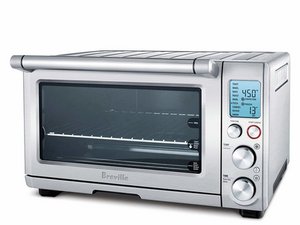Second thermal fuse blowing in 3 months when toasting.
Given that it's there to protect from overheating and becoming a fire hazard, the thermal fuse is rated a little over 400F but the oven has a higher heat setting.
I bought a 5 pack and will install number 2 this weekend. Is there a better position for it or should a future replacement be spec'd higher?


Do not replace the thermal fuse with a higher rating as you assume all risks of electrocution and/or fire hazard resulting in incorrect replacement parts. A thermal fuse is designed to open based on amperage draw, heating the thermal fuse until it opens for excessive current. The thermal fuse blowing is hinting that something upstream is faulty. Since the heating element draws a lot of current, that may be shorted or damaged, drawing more current than when it was new. Other circuits may be involved too, drawing more current that blows this thermal fuse.
F Dryer さんによる
Correct me if I'm wrong, but thermal fuses are supposed to only react to temperature unless there's enough current draw to create that temperature in the fuse?
This oven places its thermal fuse inside a silicone sleeve against the inside wall of the oven. A rubber-like foam insulation traps heat and prevents the heat from reaching the microcontroller but the TCO is on the hot side of the insulation.
The oven controller shows 500F as the hottest temp it can get in oven mode. Toasting, I assume, gets there. The TCO is rated 415F and pushed up against the wall and discouraged from cooling by insulation.
I'm no appliance engineer so can someone explain this design logic?
My only other experience with a TCO is in an espresso machine that I modified with a PID system to monitor and adjust temperatures. I didn't know it had a 165C cutoff and I set the PID to 160C.
For the oven, I'm wondering if that fuse should be positioned halfway down, assuming that it's hotter at the top.
Bill Ing さんによる
I’ve been reading this thread and two other posts dealing with the heating elements not heating up and really appreciate the info you’ve provided- especially the photos!
My question: I’ve got zero electrical repair experience and notice, based on your comments you know your way around electrical repairs.
That being said. . . if I find that my heating elements just need replacing, is that something a non-electrician should attempt to replace?
If I find that my Breville’s back panel and silicone wiring insulation sleeve is “crusted” over or that the back panel is charred (as described in a separate question about your Breville BOV800XL/A, is this a repair I can attempt or should I have an electrican take a look at it for me? What about replacing fuses?
i love my Breville and bought it because I believed it would last longer than it has, even with daily use.
I really want to repair it if at all possible. Any suggestions you can give me would be appreciated. Thank you!
Entropy2502 さんによる
@billing64221 A thermal fuse or thermal cutoff is a safety device which open circuits against overheat. It detects the heat caused by the over-current due to short circuit or component breakdown. Thermal fuses do not reset themselves when the temperature drops like a circuit breaker would.
F Dryer さんによる